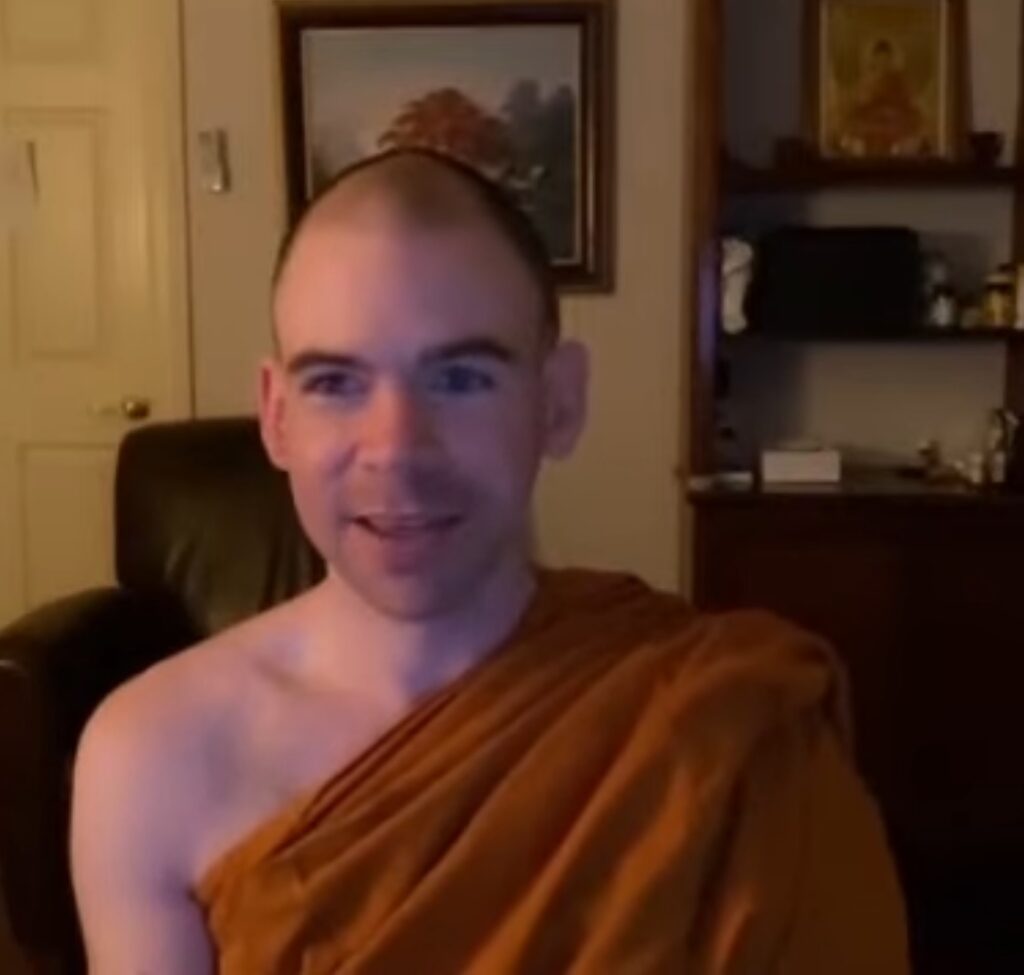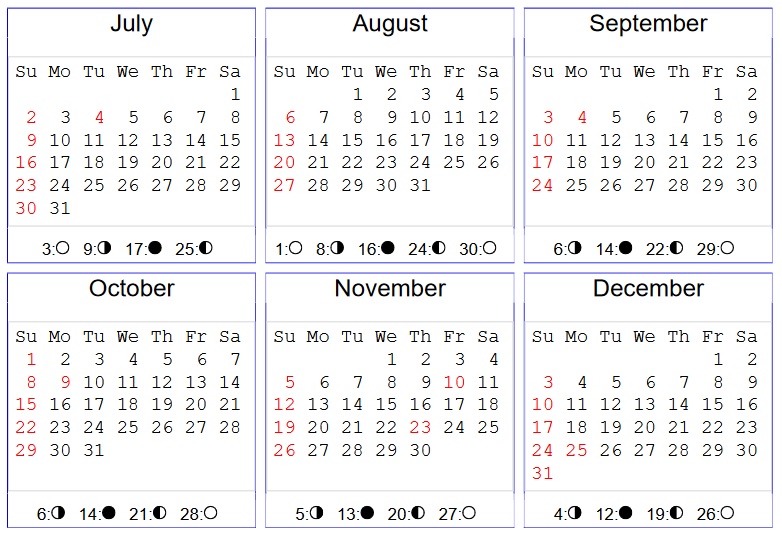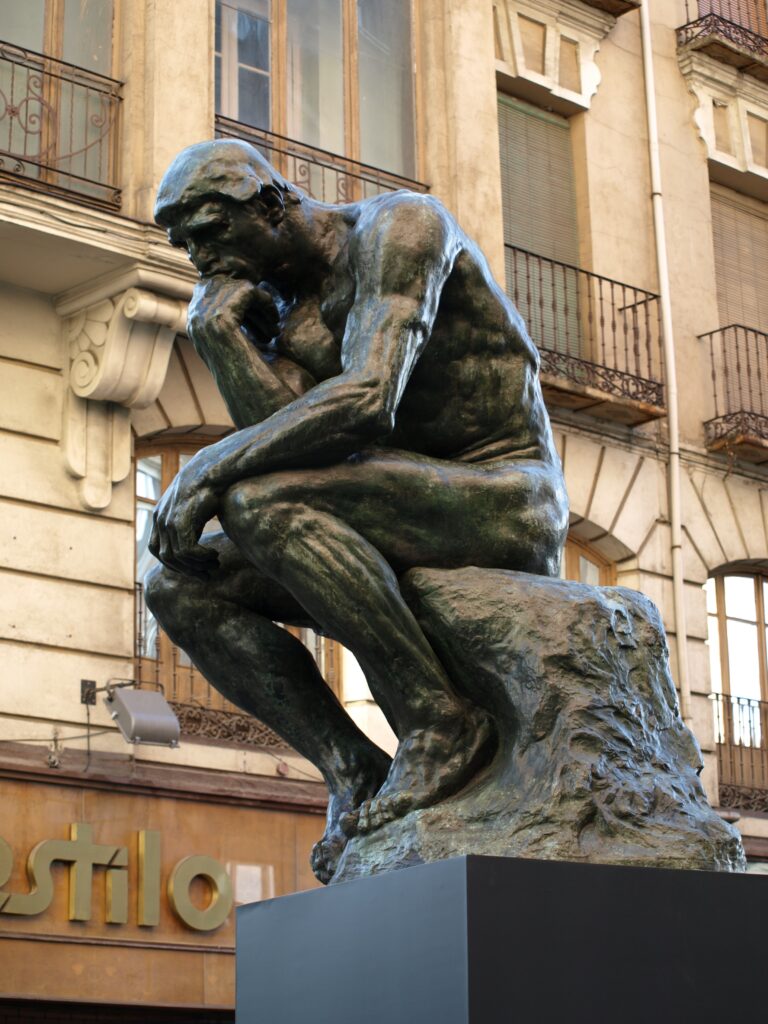To Meghiya – Bringing the Mind to Maturity
On the Uposatha Tahn Pamutto gives a talk on the Meghiya Sutta, AN 9.3. This sutta was given to a monk who was new in the practice and not yet ready to be out on his own. The Buddha’s advice centers around those things we can cultivate, both actively and passively, to bring our mind […]
To Meghiya – Bringing the Mind to Maturity Read More »







